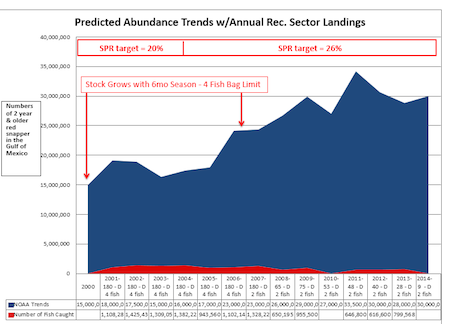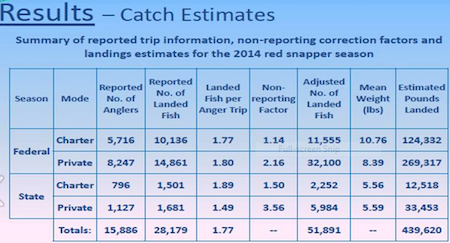September 22, 2014 — Alarming current rates of ocean acidification, unprecedented in 300 million years, are directly caused by that fact that it takes in 4 kg of CO2 per day per person on the planet. It is therefore right that the overriding goal of negotiations must be to reduce carbon emissions as much, as rapidly and as equitably as possible. This includes taking urgent steps to reverse ocean decline.
On Tuesday, the UN headquarters in New York is hosting the largest gathering of world leaders ever to address climate change. It is an enormously important event, intended to catalyse action ahead of next year’s Paris conference – where leaders have pledged to reach a new global climate agreement, and a great credit to secretary general Ban Ki-moon and his team.
But the summit is guilty of a major sin of omission: the ocean, over two-thirds of the planet, is completely absent from the programme. It is neither one of the eight “action areas” on which governments and other key players are invited to announce bold new commitments, nor one of the “thematic sessions” where states and stakeholders will share solutions. The summit is keeping its feet firmly on dry land and is highlighting the huge gap between scientific knowledge and political action.
The Global Ocean Commission is dismayed that the ocean appears to have been relegated to the status of an afterthought, something to bring up occasionally in the context of other, apparently more essential, concerns. This is particularly shocking coming at the end of a year in which the ocean has been consistently listed among the most critical elements of the climate change challenge, by the International Panel on Climate Change (IPCC), the World Meteorological Organisation (WMO), and numerous scientific studies and reports – including our own report released in June.
Science is showing us that there can be no solution to the climate challenge without a healthy ocean, which is currently in sharp decline. The ocean absorbs a quarter of man-made CO2 emissions, and has taken on 90% of the extra heat generated since the industrial revolution. Without the ocean to clean up our mess, the impacts of climate change would already be far more severe.
Read the full story from The Guardian


